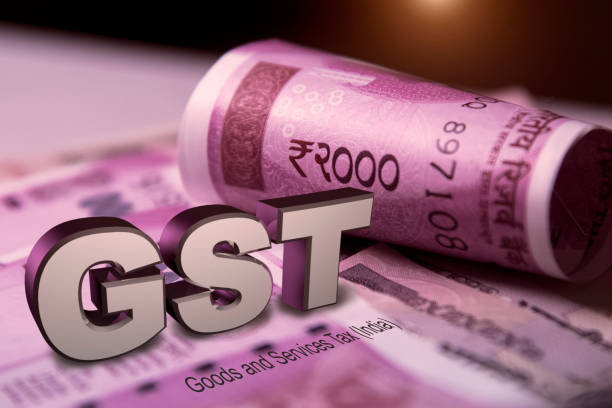The Goods and Services Tax (GST) was a transformative tax reform introduced in India on July 1, 2017, replacing a complex web of indirect taxes with a unified, simplified tax system.
Despite its implementation for several years, various misconceptions exist surrounding GST. In this article, we will debunk India’s top 10 GST myths to provide clarity and accurate information to taxpayers and businesses.
Related Articles:
GST Year-End Checklist 2023: 10 Tasks To Be Completed
Role of GST in Promoting Economic Growth
Impact of GST on E-commerce in India
Myth 1: GST is a New Tax
Fact: GST is not entirely a new tax but a comprehensive indirect tax that subsumed various existing taxes like Central Excise, Service Tax, VAT, and others. It simplified the tax structure by unifying these taxes into a single regime.
Myth 2: GST is Applicable Only to Goods
Fact: Contrary to the misconception, GST applies to goods and services. It is a dual tax levied concurrently by the Central and State Governments on the supply of goods and services.
Myth 3: GST is a Single Tax Rate System
Fact: GST follows a multi-tier tax rate structure with different tax slabs. India has four main GST slabs: 5%, 12%, 18%, and 28%, along with certain items taxed at 0% and some under special rates.
Myth 4: Small Businesses are Exempt from GST
Fact: GST registration is mandatory for businesses whose annual turnover exceeds the prescribed threshold limit. However, small businesses with turnover below the threshold can choose to register under the Composition Scheme, where they pay a lower tax rate.
Myth 5: GST is Applicable to All Products Equally
Fact: Some essential goods like fresh fruits, vegetables, and basic food items attract a lower or zero GST rate, while luxury goods and demerit items may be subject to higher rates.
Myth 6: GST is Paid Only by Businesses
Fact: GST is a consumption-based tax, meaning the end consumer bears the tax burden. Businesses act as intermediaries to collect and remit the tax to the government.
Myth 7: GST is Fully Online, and No Manual Intervention is Required
Fact: While GST has embraced digitalization, activities like filing refund claims or responding to notices may require manual intervention.
Myth 8: GST is Only Levied by the Central Government
Fact: GST is a dual taxation system the Central and State Governments levy concurrently. The Central GST (CGST) and State GST (SGST) are charged on intrastate supplies, while the Integrated GST (IGST) applies to interstate supplies.
If you want to know the difference between CGST, SGST, and IGST, Click Here!
Myth 9: Input Tax Credit (ITC) is Automatically Available for All Purchases
Fact: To claim ITC, businesses must comply with specific conditions, such as having valid tax invoices, matching details in the GSTR-2A with GSTR-3B, and using the input for business purposes.
Myth 10: GST is Causing Inflation and Price Hikes
Fact: While GST initially led to some price fluctuations during its implementation, it is not the sole factor responsible for inflation. Several other economic factors can influence price changes.
GST Consultants & Income Tax Professionals in India – Ourtaxpartner.com
Ourtaxpartner.com is an invaluable resource that provides comprehensive and up-to-date knowledge about Goods and Services Tax (GST) in India.
Whether you’re a business owner, taxpayer, or someone seeking to understand the complexities of GST, we offer clear and concise information that simplifies the intricacies of the taxation system.
Clearing up misconceptions about GST is crucial for taxpayers, businesses, and policymakers. Understanding the facts about GST empowers individuals to comply with tax regulations more effectively and make informed financial decisions.

